Table of Contents
Introduction to Cooking with Dill
Dill is a versatile herb that adds bright, aromatic flavor to dishes, but using it correctly is key to unlocking its full potential. Unlike many herbs, dill requires specific timing and pairing to enhance rather than overpower your recipes. This guide covers 3 essential techniques for cooking with dill, based on professional culinary advice, to help you achieve perfectly balanced flavors in any dish.
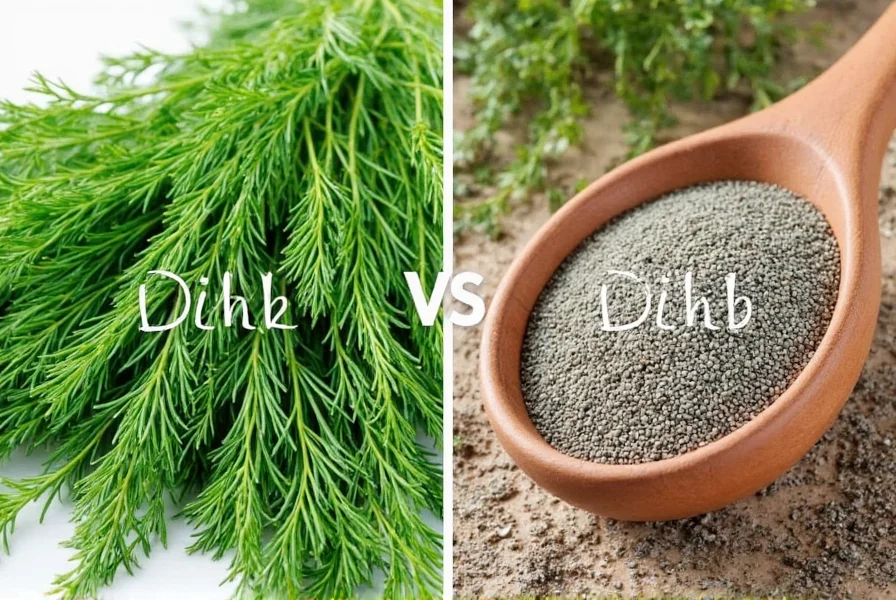
Whether you're preparing a delicate salad or a hearty stew, understanding how to incorporate dill—whether fresh or dried—will transform your cooking. The heat of cooking changes dill's flavor profile significantly, so mastering these techniques ensures you get the best results every time.
3 Essential Dill Cooking Techniques
Here are the 3 most effective methods for using dill in cooked dishes, designed to maximize flavor without overwhelming your recipe:
| Cooking Technique | Best For | Flavor Profile |
|---|---|---|
| Strategic Timing | Salads (add at end), stews/braises (add early) | Bright and fresh (late) or mellow and earthy (early) |
| Complementary Pairing | Dairy (yogurt, sour cream), seafood (salmon, shrimp), vegetables | Balanced and enhanced |
| Form Selection | Fresh for light dishes, dried for long-cooking recipes | Varies by form: fresh for vibrancy, dried for concentrated depth |
These techniques work together to create harmony in your dishes. For example, adding dill early in a braise allows its flavor to meld with other ingredients, while pairing it with yogurt creates a creamy, herbaceous sauce that complements grilled fish perfectly.
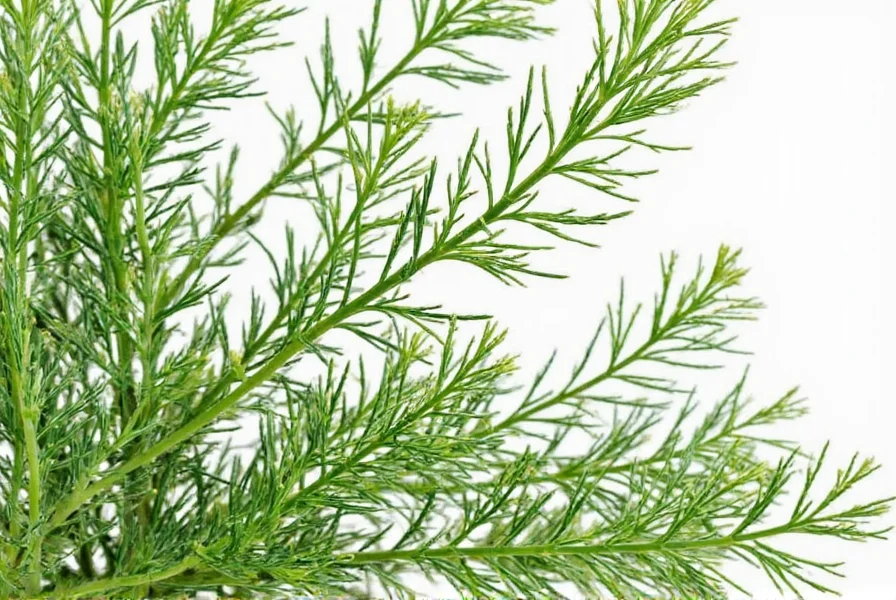
Buying Guide for Dill: Fresh vs Dried
Choosing the right form of dill is crucial for your recipe. Here's what to look for:
Key Differences
- Fresh dill: Ideal for dishes where you want a vibrant, grassy note. Best used in salads, garnishes, or added in the last few minutes of cooking. Look for bright green leaves with no wilting or yellowing.
- Dried dill: Perfect for long-cooking recipes like soups, stews, or baked dishes. It retains flavor better under heat. Choose packages with a strong, pleasant aroma and clear expiration date.
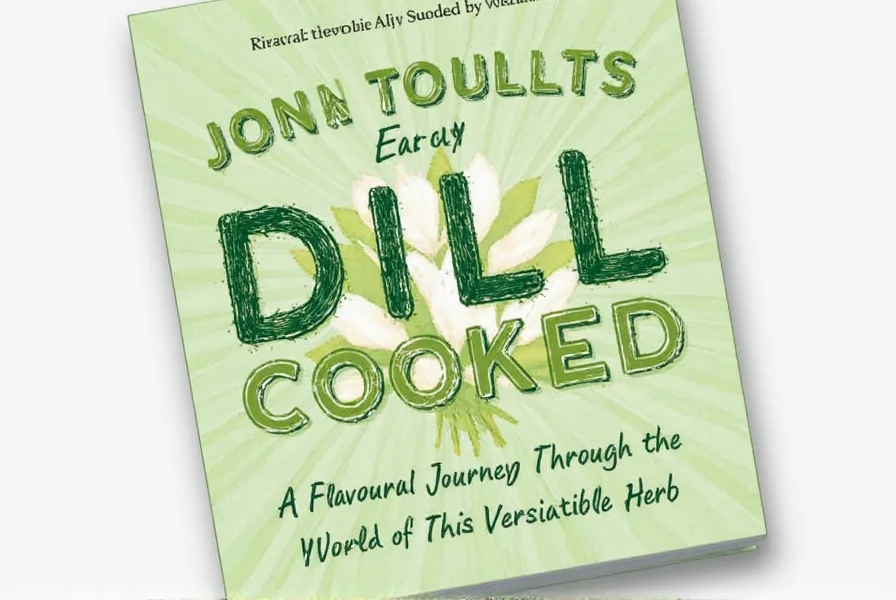
Where to Buy
You can find fresh dill at most grocery stores' produce sections or farmers' markets. For dried dill, check spice aisles or reputable online retailers. Always verify freshness—fresh dill should feel crisp, and dried dill should have a strong scent when opened.
Common Mistakes When Cooking with Dill
Avoid these pitfalls to ensure your dill enhances rather than ruins your dish:
- Overusing dill: Its strong flavor can dominate; start with 1 teaspoon per serving and adjust.
- Adding at the wrong time: For fresh dill in delicate dishes, add late; for depth in slow-cooked meals, add early. Adding too early for fresh dill loses its aroma.
- Ignoring pairing: Dill doesn't work with all ingredients. It shines with dairy, seafood, and vegetables but can clash with strong spices like cumin or chili.
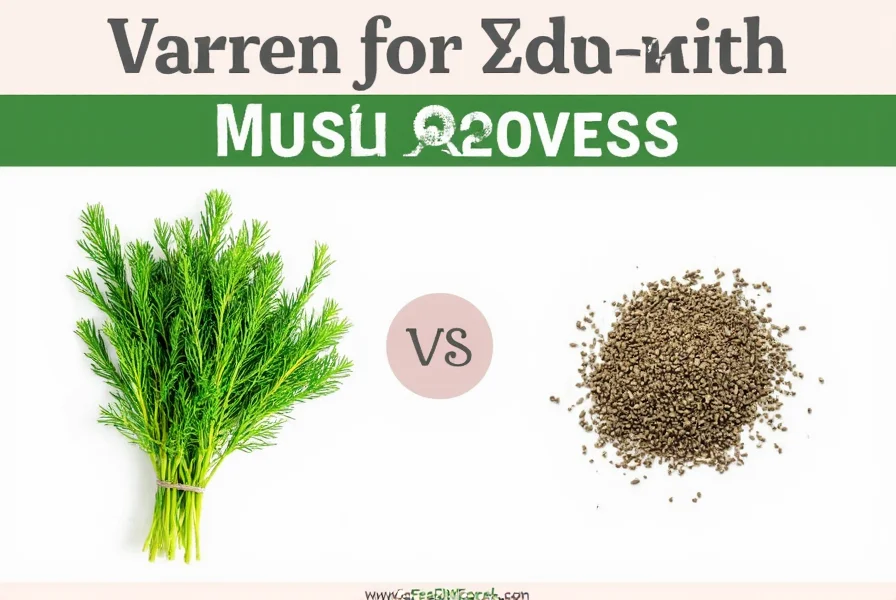
Frequently Asked Questions
What is the difference between fresh and dried dill for cooking?
Fresh dill has a bright, grassy flavor that's best added at the end of cooking for salads or garnishes. Dried dill has a more concentrated, earthy taste and is ideal for long-cooking dishes like stews, as it retains flavor better under heat. Use about one-third the amount of dried dill compared to fresh for equivalent flavor.
When should I add dill to cooked dishes for best results?
For fresh dill in delicate dishes (salads, dips), add it in the last 1-2 minutes of cooking to preserve its aroma. For slow-cooked recipes (stews, braises), add dried dill early to allow its flavor to meld, or fresh dill 10-15 minutes before finishing for a balanced profile. This timing prevents flavor loss and ensures optimal integration.
What dishes work best with dill?
Dill excels in seafood (especially salmon and shrimp), dairy-based sauces (yogurt or sour cream), roasted vegetables, and hearty stews. It also complements egg dishes, potato salads, and Scandinavian-inspired recipes. Avoid using it in strongly spiced dishes like curries, where it may clash.
How does cooking affect dill's flavor?
Heat transforms dill's profile: fresh dill becomes mellow and earthy when cooked, while dried dill develops deeper, more robust notes. Overcooking can make it bitter, so timing is critical. For example, adding fresh dill to a simmering soup too early results in a flat flavor, but adding it late preserves its bright character.
Can I substitute dried dill for fresh in any recipe?
Yes, but adjust quantities: use 1 teaspoon dried dill for every 1 tablespoon fresh. Dried dill works best in long-cooked dishes, while fresh is superior for raw applications. Never substitute dried for fresh in garnishes or cold dishes—it lacks the vibrancy needed.
Conclusion
Mastering dill in cooking is simple with the right techniques. By focusing on strategic timing, complementary pairings, and form selection, you can transform ordinary dishes into flavorful masterpieces. Whether you're a beginner or experienced cook, these methods ensure dill enhances your recipes without overpowering them.
Next time you're in the kitchen, remember: dill is a versatile herb that deserves thoughtful handling. Use these 3 essential techniques to unlock its full potential and create dishes that impress.

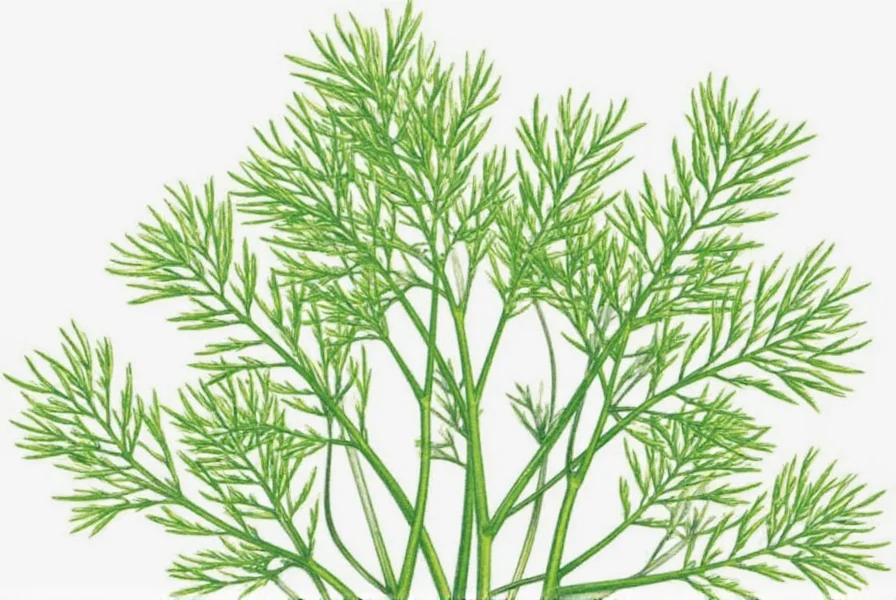









 浙公网安备
33010002000092号
浙公网安备
33010002000092号 浙B2-20120091-4
浙B2-20120091-4